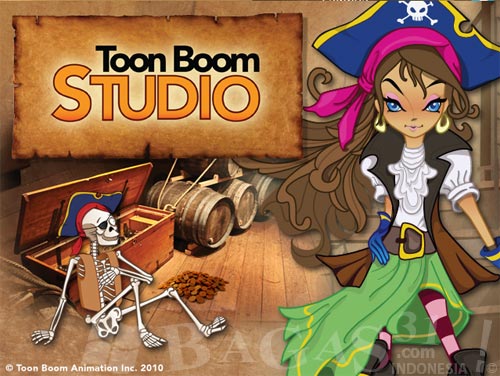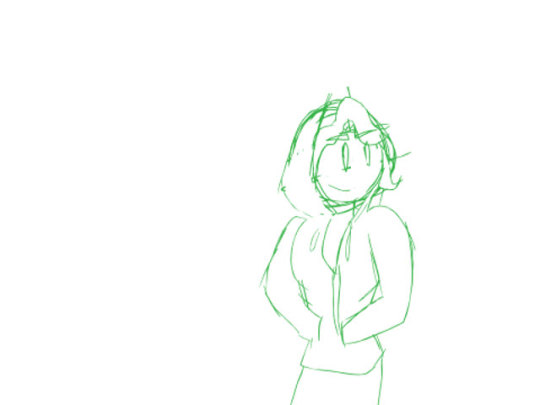

- TOON BOOM STUDIO KEYFRAME TUTORIAL HOW TO
- TOON BOOM STUDIO KEYFRAME TUTORIAL SKIN
- TOON BOOM STUDIO KEYFRAME TUTORIAL FOR ANDROID
- TOON BOOM STUDIO KEYFRAME TUTORIAL PRO
- TOON BOOM STUDIO KEYFRAME TUTORIAL CODE
Publishing AIR for Android applications. 
TOON BOOM STUDIO KEYFRAME TUTORIAL HOW TO
How to package applications for AIR for iOS.Creating and publishing a WebGL document.Automating tasks with the Commands menu.Apply patterns with the Spray Brushtool.Working with Illustrator AI files in Animate.
TOON BOOM STUDIO KEYFRAME TUTORIAL PRO
Working with Adobe Premiere Pro and After Effects.Strokes, fills, and gradients with Animate CC.Creating and working with symbol instances in Animate.Transforming and combining graphic objects in Animate.
 Optimization options for Images and Animated GIFs. Export animations for mobile apps and game engines. Using web fonts in HTML5 Canvas documents. Use the Stage and Tools panel for Animate. Using Creative Cloud Libraries and Adobe Animate. Using Google fonts in HTML5 Canvas documents. Virtual Reality authoring and publishing. Best practices - Advertising with Animate.
Optimization options for Images and Animated GIFs. Export animations for mobile apps and game engines. Using web fonts in HTML5 Canvas documents. Use the Stage and Tools panel for Animate. Using Creative Cloud Libraries and Adobe Animate. Using Google fonts in HTML5 Canvas documents. Virtual Reality authoring and publishing. Best practices - Advertising with Animate. TOON BOOM STUDIO KEYFRAME TUTORIAL CODE
Add interactivity with code snippets in Animate.Create and publish HTML5 Canvas documents in Animate.Convert Animate projects to other document type formats.How to use mask layers in Adobe Animate.Working with Motion tweens saved as XML files.Editing the motion path of a tween animation.How to edit motion tweens using Motion Editor.How to work with classic tween animation in Animate.How to use frames and keyframes in Animate.Work with Multiple File Types in Animate.To decrease the amount of next drawings to display, click on the Remove Next Drawing button in the Camera/Drawing view toolbar.To increase the amount of next drawings to display, click on the Add Next Drawing button in the Camera/Drawing view toolbar.To decrease the amount of previous drawings to display, click on the Remove Previous Drawing button in the Camera/Drawing view toolbar.To increase the amount of previous drawings to display, click on the Add Previous Drawing button in the Camera/Drawing view toolbar.Use the buttons in the toolbar above the drawing space to adjust how many previous and next drawings are included in the Onion Skin:
TOON BOOM STUDIO KEYFRAME TUTORIAL SKIN
In the Timeline view, click and drag on the red onion skin marker to make it include the previous drawings you want to display in the onion skin, then click and drag on the green onion skin marker to make it include the next drawings you want to display in the onion skin. In the Timeline view, move the timeline playhead to a frame somewhere in the middle of the span of frames you want to transform.Īdjust the range of the Onion Skin so that it covers every frame you want to apply the transformation to by doing one of the following: At the same time, Onion Skin becomes enabled, and the Onion Skin handles appear left and right of the red playhead in the Timeline view. In the Tools toolbar, click on the Animate mode button which, depending on the currently selected mode, will either have the Animate Current Frame, Animate Onion Skin Range or Animate Off icon, and select Animate Onion Skin Range in the pop-up menu.Īnimate Onion Skin Range is now enabled. In the Timeline, Node or Camera view, select the element you want to transform. TIP You can also make transformations over several keyframes using the Translate, Rotate, Scale, Skew or Maintain Size tools, which can be selected in the Advanced Animation toolbar. No keyframe is automatically created when using this mode. If the element has keyframes, the transformation is applied to all of these keyframes. Animate Off: When you transform an element, the transformation is applied throughout the entire scene. This means that it is applied to every keyframe inside the Onion Skin range, and, if needed, keyframes are created at the beginning and the end of the Onion Skin to preserve the transformations you make. Animate Onion Skin Range: When you transform an element, the transformation is applied to every frame in the Onion Skin. This means that a keyframe is created at the current frame, if there is not one already. Animate Current Frame: When you transform an element, its position, angle, scale and skew are stored in a keyframe at the current frame. This is done by changing the Animate mode. However, it is possible to move, rotate, scale and skew an element on several keyframes simultaneously. Animating, Repositioning or Transforming an Element Over Several Framesīy default, when you use the Transform tool or the Advanced Animation tool to reposition an element, its coordinates are changed in the current frame only.







 0 kommentar(er)
0 kommentar(er)
